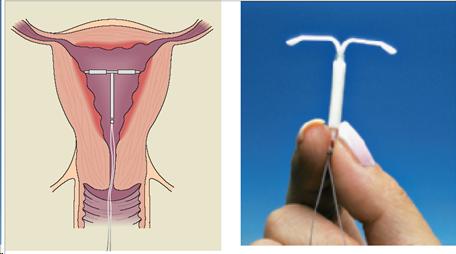Ch_11
Table of Contents
- Contraception, Birth Control, and Abortion Chapter 11
- Contraception and Birth Control
- Percentage of Women Aged 15-44 Who Used Each Contraceptive Method: United States, 2006-2008
- Risk and Responsibility
- Women, Men, and Birth Control: Who is Responsible?
- Methods of Birth Control
- Choosing a Method
- Sexual Abstinence
- Hormonal Methods
- Hormonal Methods
- Hormonal Methods
- Hormonal Methods
- Hormonal Methods
- Barrier Methods
- Barrier Methods
- Barrier Methods
- Spermicide
- The IUCs (Intrauterine Contraceptives)
- Fertility Awareness-Based Methods
- Sterilization
- Sterilization
- Emergency Contraception
- Abortion
- Methods of Abortion
- Safety of Abortion
- Women, Men, and Abortion
- Women, Men, and Abortion
- The Abortion Debate
- The Abortion Debate
- The Abortion Debate
- Final Thoughts
Text and Images from Slide
The IUCs (Intrauterine Contraceptives)
- Long-acting reversible contraceptive method
- Also called intrauterine device (IUD) <br />
- Small flexible plastic device placed into the uterus<br />
- The type of device inserted determines how long it may be left in place
- Range is 5-20 years<br />
- Prevents fertilization
- Advantages/Disadvantages
18

Effectiveness:
99% Perfect Use
98% Typical Use
